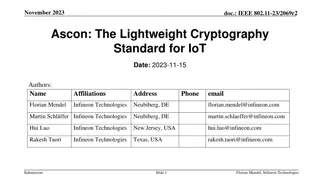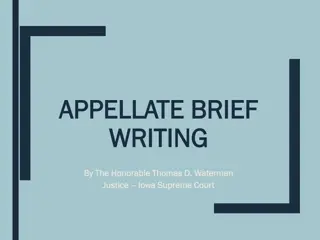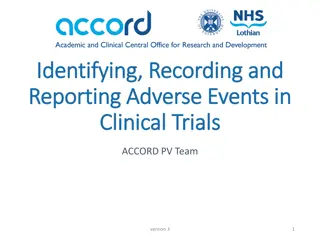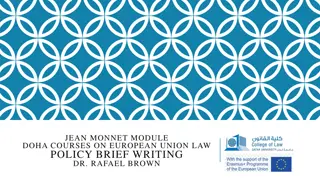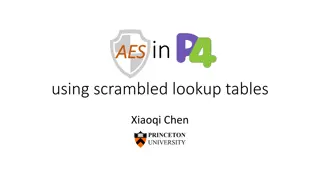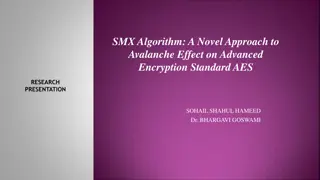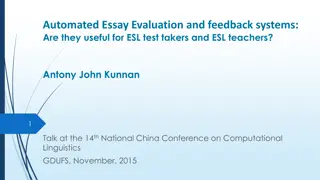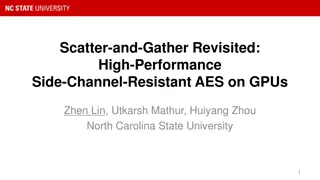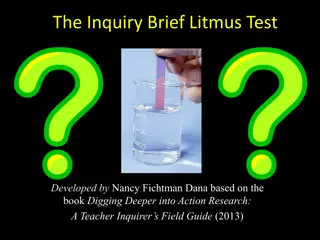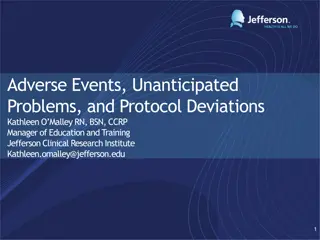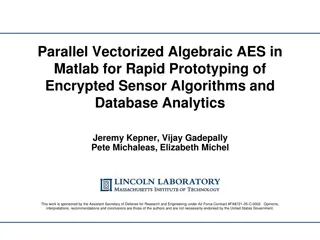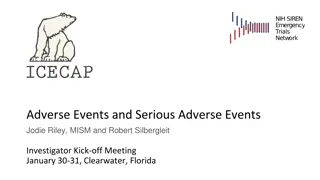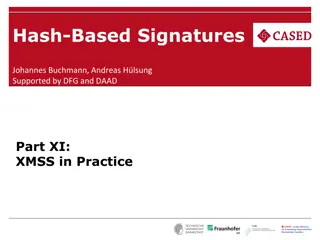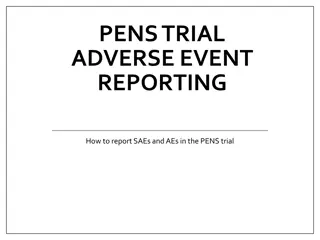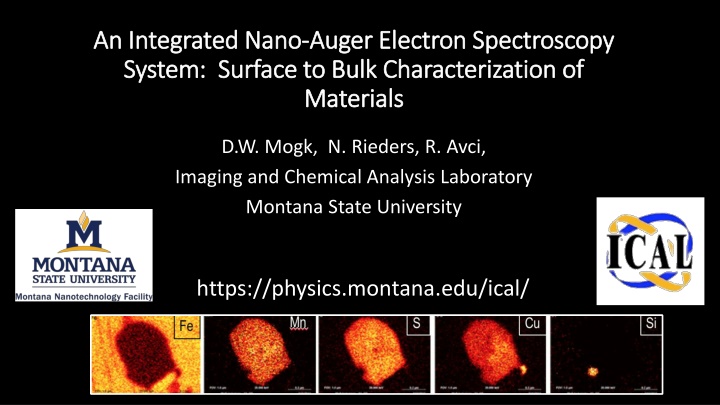
Auger Electron Spectroscopy System for Surface and Bulk Material Characterization
Explore an integrated nano Auger electron spectroscopy system designed for detailed surface-to-bulk characterization of materials. Learn about Auger electron interactions, the Auger effect, and opportunities for collaboration in the field. Discover more at Montana State University's Imaging and Chemical Analysis Laboratory.
Download Presentation

Please find below an Image/Link to download the presentation.
The content on the website is provided AS IS for your information and personal use only. It may not be sold, licensed, or shared on other websites without obtaining consent from the author. If you encounter any issues during the download, it is possible that the publisher has removed the file from their server.
You are allowed to download the files provided on this website for personal or commercial use, subject to the condition that they are used lawfully. All files are the property of their respective owners.
The content on the website is provided AS IS for your information and personal use only. It may not be sold, licensed, or shared on other websites without obtaining consent from the author.
E N D
Presentation Transcript
An Integrated Nano An Integrated Nano- -Auger Electron Spectroscopy Auger Electron Spectroscopy System: Surface to Bulk Characterization of System: Surface to Bulk Characterization of Materials Materials D.W. Mogk, N. Rieders, R. Avci, Imaging and Chemical Analysis Laboratory Montana State University https://physics.montana.edu/ical/
E-Beam Particle Interactions The lonely Auger electron is either ignored or unknown in most geoscience research Low energy and very small mean free path mean Auger electrons can only escape from atomic monolayers on surfaces a highly sensitive surface spectroscopy!
The Auger Effect The K-LL Transition
An Invitation: Learn more about AES, and related surface-sensitive analytical methods X-ray photoelectron spectroscopy Time-of-Flight Secondary Ion Mass Spectrometry Contact ICAL for possible future applications and collaborations https://physics.montana.edu/ical/

